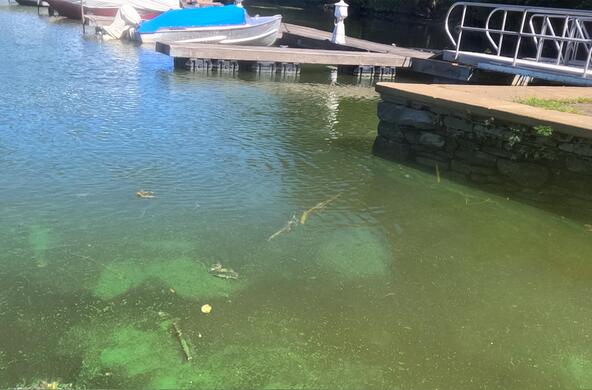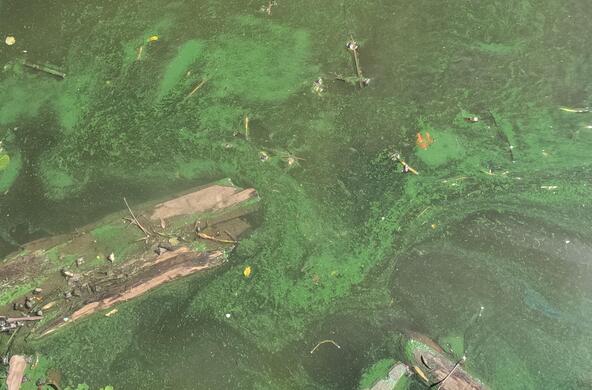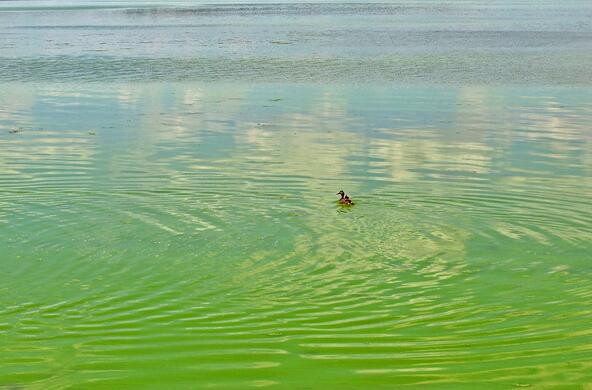NASA satellite data can help us manage water on our blue planet.
Algal blooms and toxic cyanobacteria can appear quickly in lakes, killing aquatic life and degrading recreational and freshwater resources. What brings them on? How can we intervene to prevent them?
While in-lake sampling is the most reliable way to monitor water quality, there are thousands of lakes that do not have lake associations or volunteer monitoring groups. Others are simply too difficult to access for sampling. Satellites and drones make it possible to observe these lakes and identify signals that forecast impending blooms.
The problem
- Development, nutrient pollution, and climate change are causing an increase in harmful algal blooms.
- Traditional algal bloom monitoring requires analyzing water samples and relying on readings from lake-based sensors.
- Many lakes are not part of monitoring programs and/or are too difficult to access for routine water sampling.
- To keep lakes healthy, we are looking to the sky.
We are exploring...
- Environmental factors that influence algal blooms and cyanobacteria
- Which subset of these factors, such as development and lake chlorophyll, can be monitored remotely by satellites and drones
- How we can combine remotely-sensed data and physical sampling to create powerful predictive tools to use at the landscape scale
Our discoveries
Using Landsat8 imagery to study lakes and forecast algal blooms.
Algae contain chlorophyll, a green pigment that Landsat8 can detect from outer space. High chlorophyll concentrations indicate high algal density in a lake. By comparing in-lake observations with information from satellite imagery, researchers can refine algorithms that equate chlorophyll data with algae concentrations. This could become a powerful tool for monitoring algae without ‘in the boat’ observations.
Exploring drones as a way to measure algae on lakes.
Controlled by researchers near a study site, drones can get an up-close view of lakes when other obstacles make observation impossible.
Using a drone called the ‘Hexcopter’, Kathleen Weathers and collaborators are collecting aerial images of lakes to detect green wavelengths – an indicator of algae. This information is being paired with satellite imagery and on-the-ground observations to estimate, and ultimately forecast, algal blooms on lakes.
With improvements in satellite technology and finely-tuned methods of mathematical processing, forecasting algal blooms is almost within our reach.
Kathleen Weathers




